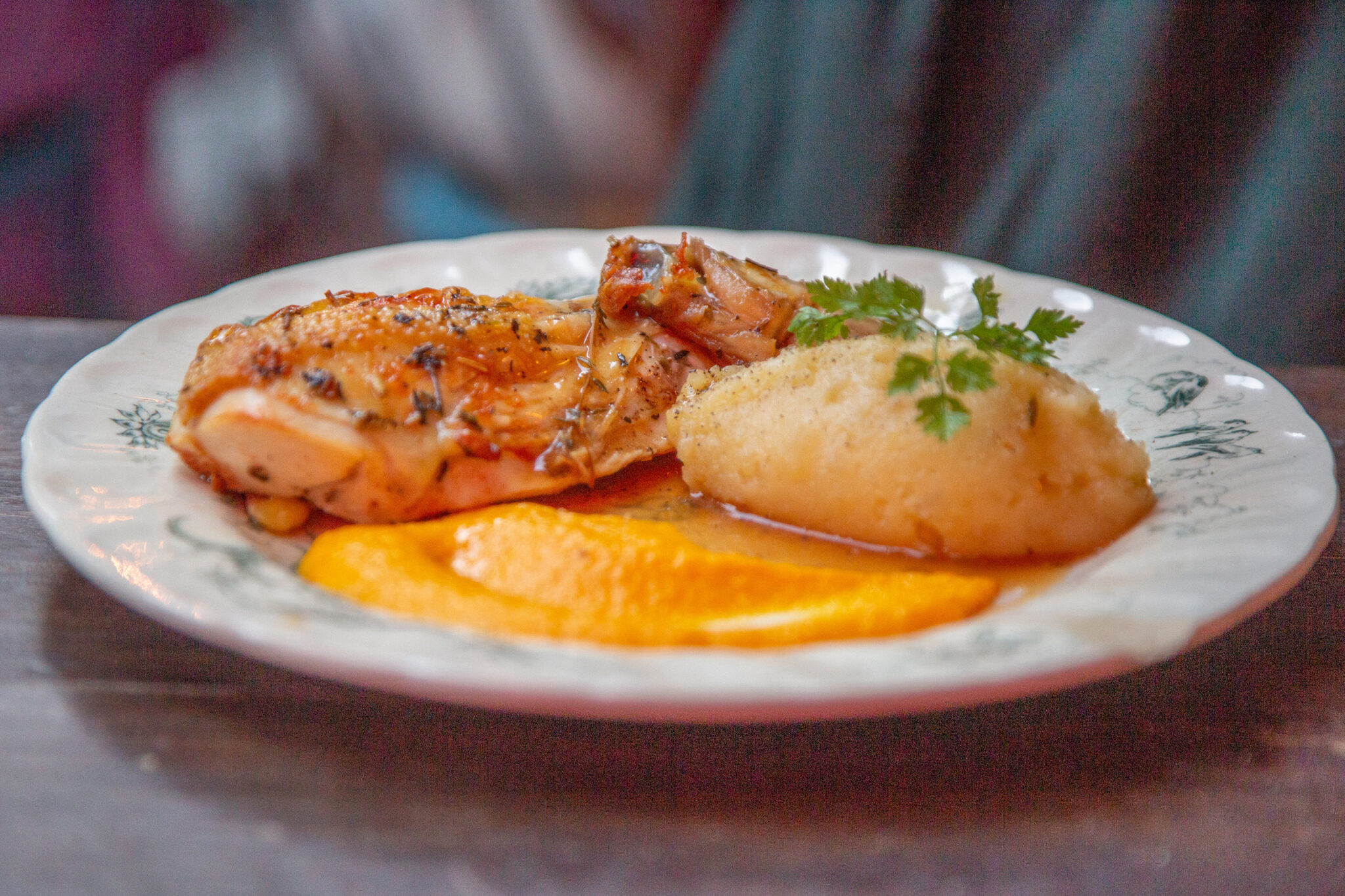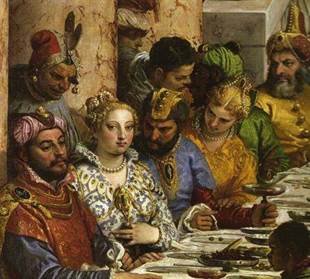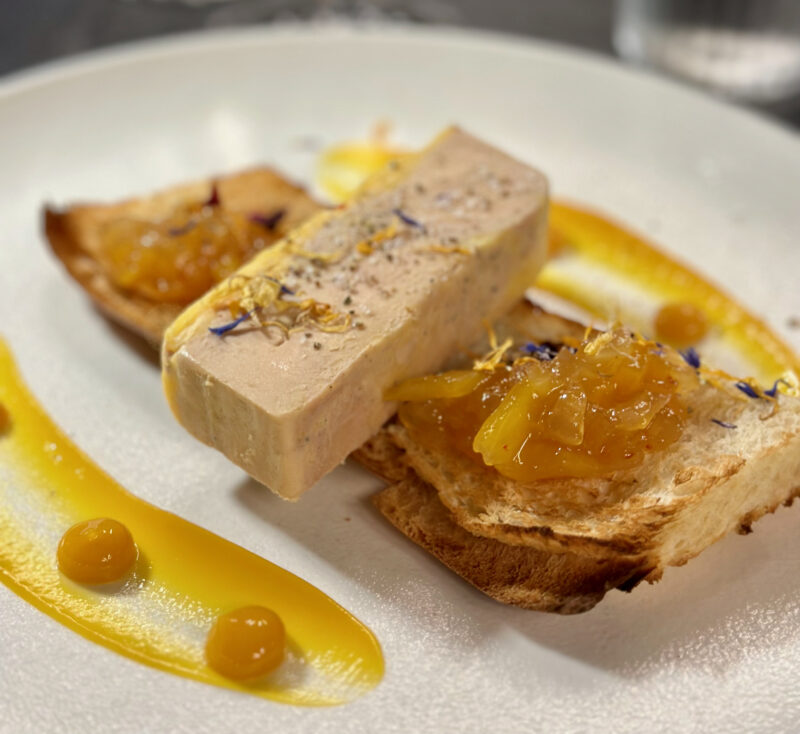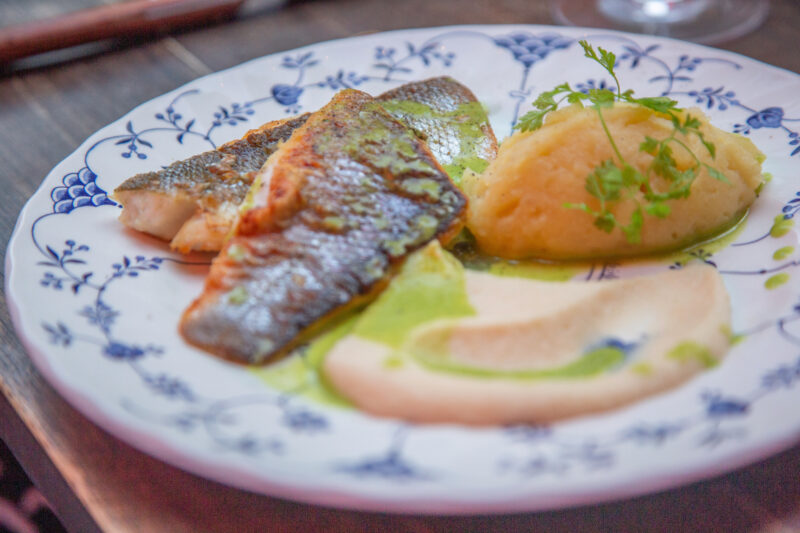
Culinary Chronicles: Social Classes and Food From the Middle Ages to the French Renaissance
by Christy Destremau
Step back in time to the Middle Ages and the grandeur and elegance of the French Renaissance. This era shaped art, literature, and architecture and profoundly impacted France’s culinary evolution. Food has been a defining element of cultural identity and social hierarchy throughout French history. As we delve into the world of food during these periods, we uncover a tapestry of flavors, ingredients, and dining habits that varied greatly across social classes. A country renowned for its gastronomic excellence, France is comprised of a rich tapestry of flavors shaped by centuries of social stratification. Each social class has left its mark on the French culinary tradition, from the humble peasant to the opulent noble.
Social Classes and Food
 In French society during the Middle Ages and Renaissance, food played a pivotal role in distinguishing between the haves and have-nots. Social classes were distinctly divided, and this segregation extended to the dining table. The peasants, comprising most of the population, subsisted on a meager diet of grains, vegetables, and occasional meat scraps. Their meals were simple, often consisting of porridge, bread, and root vegetables. Meat was a luxury reserved for special occasions, such as festivals or religious celebrations.
In French society during the Middle Ages and Renaissance, food played a pivotal role in distinguishing between the haves and have-nots. Social classes were distinctly divided, and this segregation extended to the dining table. The peasants, comprising most of the population, subsisted on a meager diet of grains, vegetables, and occasional meat scraps. Their meals were simple, often consisting of porridge, bread, and root vegetables. Meat was a luxury reserved for special occasions, such as festivals or religious celebrations.
On the other end of the spectrum, nobility, and aristocracy had access to the most diverse and luxurious range of ingredients and enjoyed lavish feasts that featured an abundance of meats and exotic spices. Their tables were laden with delicacies such as roast swan, peacock, and other extravagant dishes that showcased their wealth and status. These elaborate meals were not just about sustenance but also served as a symbol of power and prestige. French King Charles VIII (1483-1498) is known for his military campaigns in Italy rather than for introducing specific foods. However, his expeditions to Italy did have an impact on French cuisine. During these campaigns, the French army encountered the cuisine of Italy, which was more advanced and refined than that of France at the time. As a result, Charles VIII’s Italian campaigns are often credited with sparking a culinary revolution in France by introducing new cooking techniques, ingredients, and flavors from Italian cuisine.
One of the most famous legacies of Charles VIII’s Italian campaigns, aside from his army bringing syphilis, also known as “great pox,” back to France, was the introduction of pasta to France, which had a lasting impact on French culinary traditions. While it’s not accurate to say that Charles VIII introduced pasta to France, his campaigns in Italy contributed to the popularization of pasta in the French court and, eventually, in French cuisine as a whole.
Typical Meal Composition and Frequency

A typical noble meal during the French Renaissance might include several courses, including appetizers like pâtés and terrines and rich main courses of roasted meats, game, or fish. Side dishes of vegetables, fruits, and grains balanced the meal. In contrast, decadent desserts like tarts, creams, and sugared fruits added a sweet finale. The nobility indulged in multiple-course banquets that could last for hours, with each dish meticulously prepared and presented.
In contrast, the commoners’ meals were more basic, often consisting of a simple stew or soup accompanied by bread. Vegetables and grains formed the staple of their diet, with meat and dairy products reserved for special occasions or holidays. Meals were typically eaten two to three times a day, with breakfast being a light affair and the main meal served in the early afternoon.
Evolution of Food Access in the French Renaissance
With the arrival of the French Renaissance, access to food underwent a significant transformation. Spices such as cinnamon, cloves, nutmeg, and pepper were used to flavor dishes, and the demand for spices also spurred exploration and trade with distant lands. Sweeteners such as honey became more common, and sugar, though expensive, became more widely available. Trade routes opened, bringing exotic spices, fruits, and ingredients from distant lands. The introduction of new cooking techniques and technologies revolutionized how food was prepared and served, leading to a culinary renaissance. Also, at the onset of the Renaissance, which coincided with François I‘s reign (1515-1547) seventeen years after Charles VIII’s death, there was a renewed interest in ancient Roman and Greek culinary traditions, and François I played a role in popularizing asparagus which was highly regarded by the ancient Romans for its culinary and medicinal properties. François I was also a fan of artichokes and truffles.
Meal preparation was a meticulous and time-consuming process. French cuisine flourished during this period, with chefs and cooks experimenting with flavors, textures, and presentations to create dishes that were not only delicious but also visually stunning. Kitchens were bustling hubs of activity, with cooks, servants, and apprentices working together to create culinary masterpieces fit for the nobility. Techniques such as roasting, braising, and stewing were perfected to bring out the flavors of the ingredients. The art of fine dining became popular among the aristocracy, with elaborate banquets and feasts becoming a symbol of wealth and power. The introduction of new cooking methods and culinary techniques transformed how food was prepared and enjoyed, leading to a culinary revolution that continues to shape French cuisine today.
 As we traverse the culinary history of France, we are reminded of the intricate relationship between food and social class. French cuisine’s evolution reflects society’s changing dynamics and the enduring legacy of culinary traditions. For those seeking to explore the hidden gems of French gastronomy, consider embarking on one of our small group tours to Provence, Loire Valley, Bordeaux, Champagne, or Normandy to indulge and savor the flavors and authenticity of culinary traditions and region-specific cuisine that reflects the vast landscape of France.
As we traverse the culinary history of France, we are reminded of the intricate relationship between food and social class. French cuisine’s evolution reflects society’s changing dynamics and the enduring legacy of culinary traditions. For those seeking to explore the hidden gems of French gastronomy, consider embarking on one of our small group tours to Provence, Loire Valley, Bordeaux, Champagne, or Normandy to indulge and savor the flavors and authenticity of culinary traditions and region-specific cuisine that reflects the vast landscape of France.
While we find cuisine and recipes that reflect a standard cultural tie across this magical country, each region has also contributed its distinct culinary favorites that reflect the ingredients readily available and easily grown in each area. Discover this magical country’s hidden gems and culinary treasures on a small group tour that will tantalize your taste buds and awaken your senses.
Are you ready to savor the flavors of French cuisine and experience the magic of a once-in-a-lifetime culinary adventure like no other?
- Check out our 2025 Schedule of Tours – Click Here to View 2025 Tour Dates
- Contact us at christy@traveloffthebeatenpath.com to request space availability and/or ask questions.
- Check out our LIMITED EDITION TOURS to Egypt, Champagne, and Normandy here!



